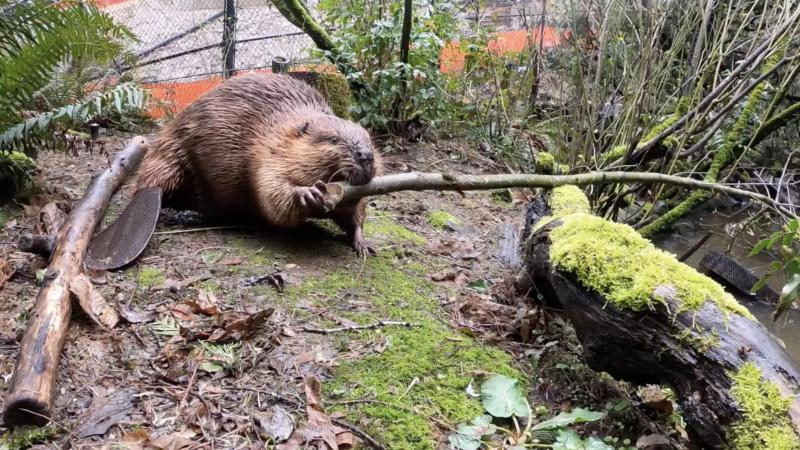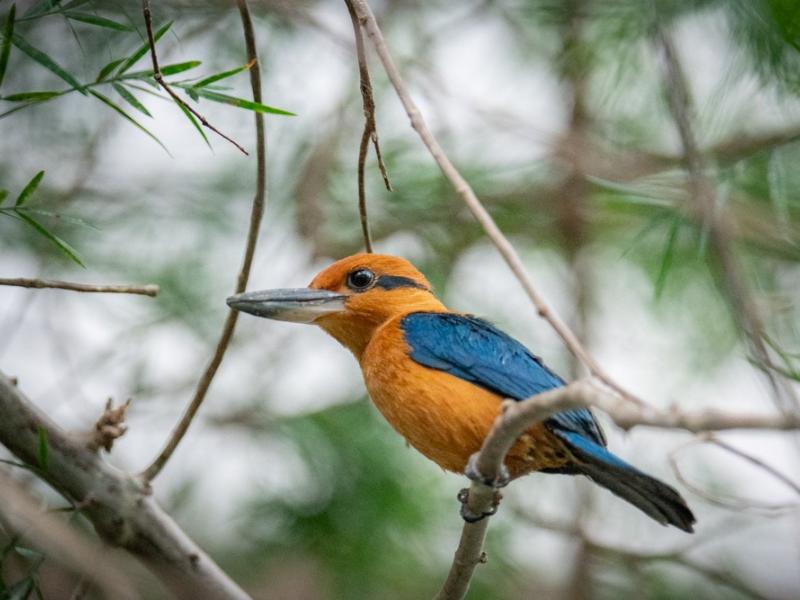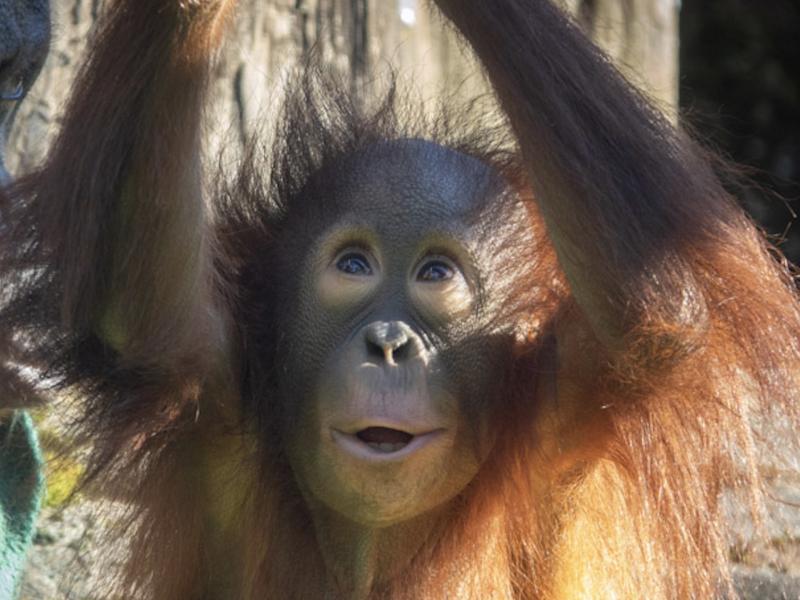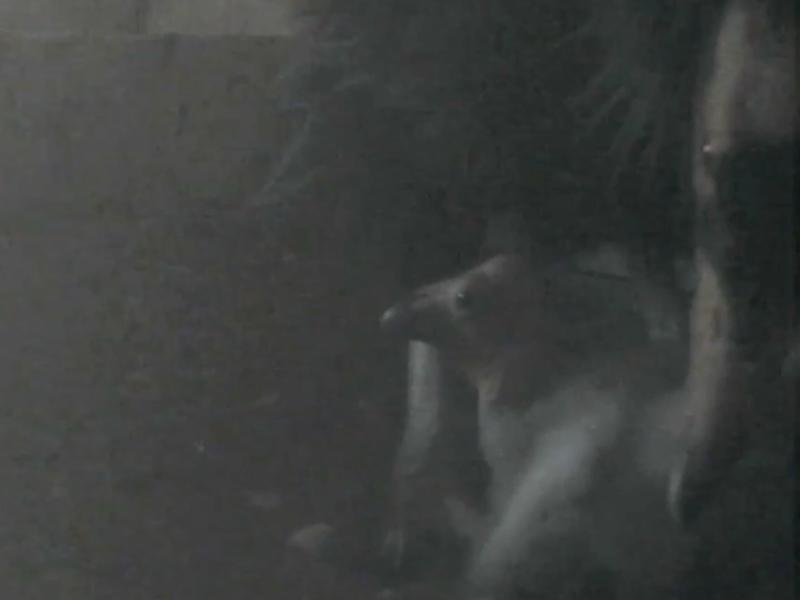Beaver Branch Challenge finale to air Chewsday

Wildlife experts share knowledge and challenge zoo beavers in four-part web series
The Oregon Zoo’s latest web series is all about the branch managers. In each episode of the Beaver Branch Challenge, whose finale airs this week, a wildlife expert challenges zoo residents Maple and Filbert to find special branches — and shares some knowledge about beavers and their important role in the ecosystem.
The idea for the new series came from the beavers’ regular walks around their marsh habitat, which have become popular with their many fans at the zoo and on social media.
“Maple and Filbert love to gnaw down big branches and drag them back to their lodge,” said Zach Shoemaker, a zoo care staff member who appears in two episodes of the Beaver Branch Challenge. “This series helps us show that natural behavior and teach people more about beavers in the process.”
Experts who appear on the show include Shea Fuller of The Wetlands Conservancy, who challenged the beavers to a “treelay race,” Metro naturalist Alejandra Cortes, who shared her knowledge of beaver teeth, and Liz Musich, an Oregon Zoo condor keeper who bet against the beavers finding two maple branches planted in the marsh. This week’s finale features Jade Ashcroft, a City of Portland biologist who worked with the zoo on a wild beaver relocation in 2021.
The final episode, “Stronger Chewgether,” will be published on the zoo’s YouTube account and other social media channels on Chewsday, Feb. 13.
Born at the zoo in 2011, Filbert and his lodge-mate Maple have acquired thousands of fans at the zoo and online, where their industrious wood-gathering activities have earned them the title “branch managers.” Filbert is also an experienced weather furcaster and research assistant: In 2015, he helped Oregon State University with its Beaver Genome Project.
Though Oregon is known for its beaver population, that hasn’t always been the case. In the 19th century, American beavers were hunted and trapped for their fur; by about 1900, they were almost gone from many of their original habitats. Pollution and habitat loss also affected their survival. In the last 100 years, thanks to re-establishment programs and hunting regulations, beavers have made a strong comeback. They are now listed as a species of least concern by the International Union of Conservation of Nature.
More News

Zoo welcomes ultra-rare sihek kingfishers
The Oregon Zoo is home to many critically endangered species, but perhaps none as rare as its newest arrivals: a trio of sihek kingfishers.April 25, 2024

Jolene turns 2: Zoo to celebrate orangutan's 2nd birthday
The littlest member of the orangutan family is celebrating a big milestone this week: Jolene will turn 2 on Saturday.April 12, 2024

Seven chicks and counting: Zoo welcomes first condors of 2024
Seven fluffy chicks hatched last month at the Oregon Zoo’s Jonsson Center for Wildlife Conservation.April 5, 2024

